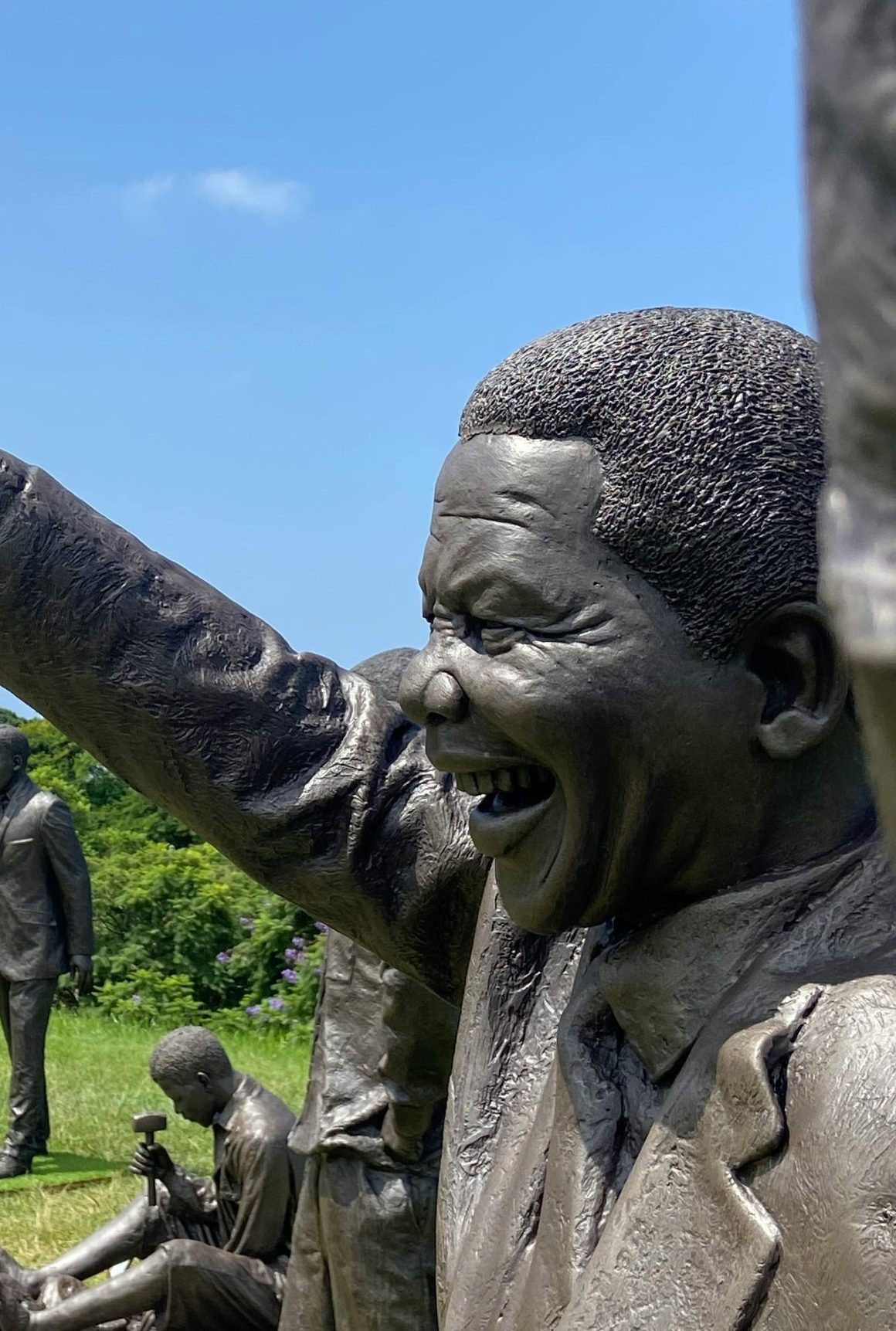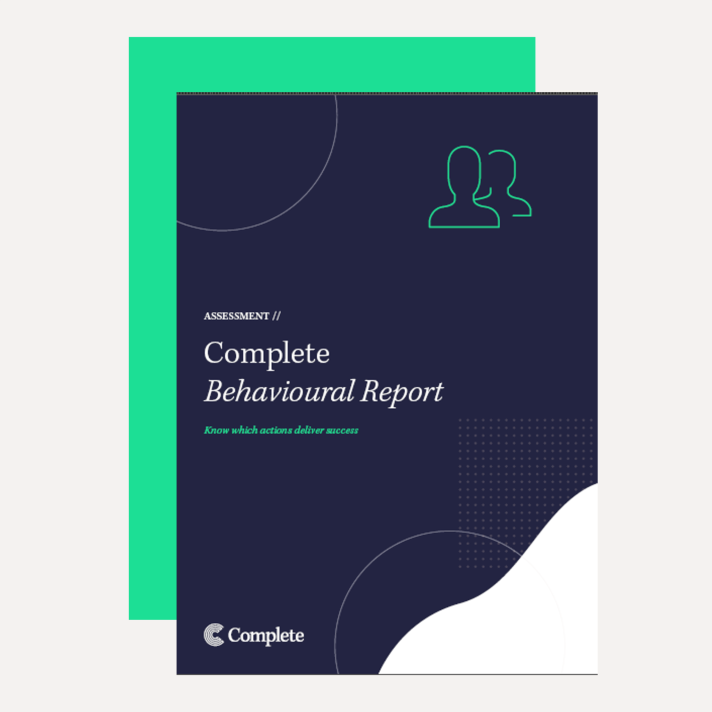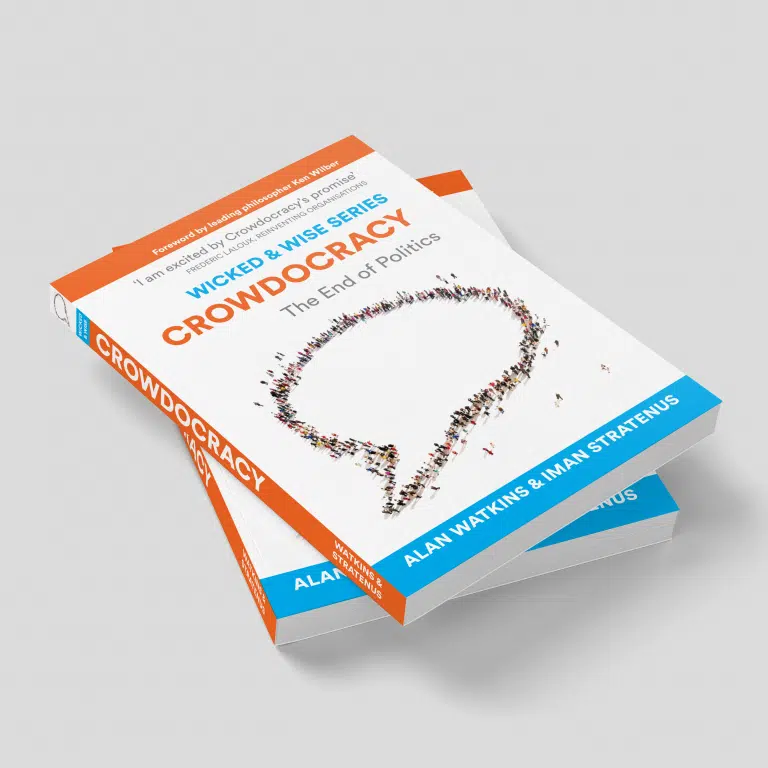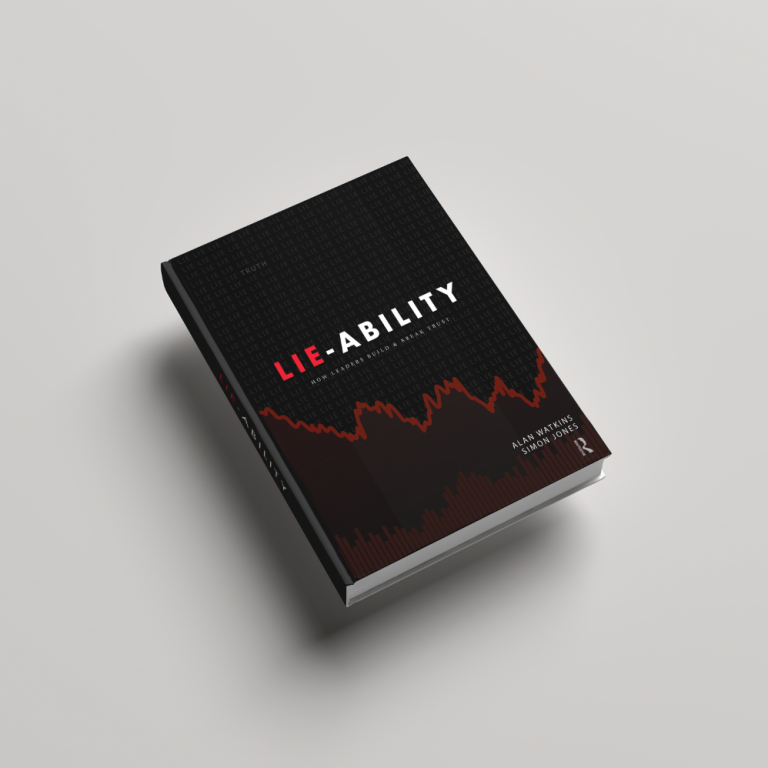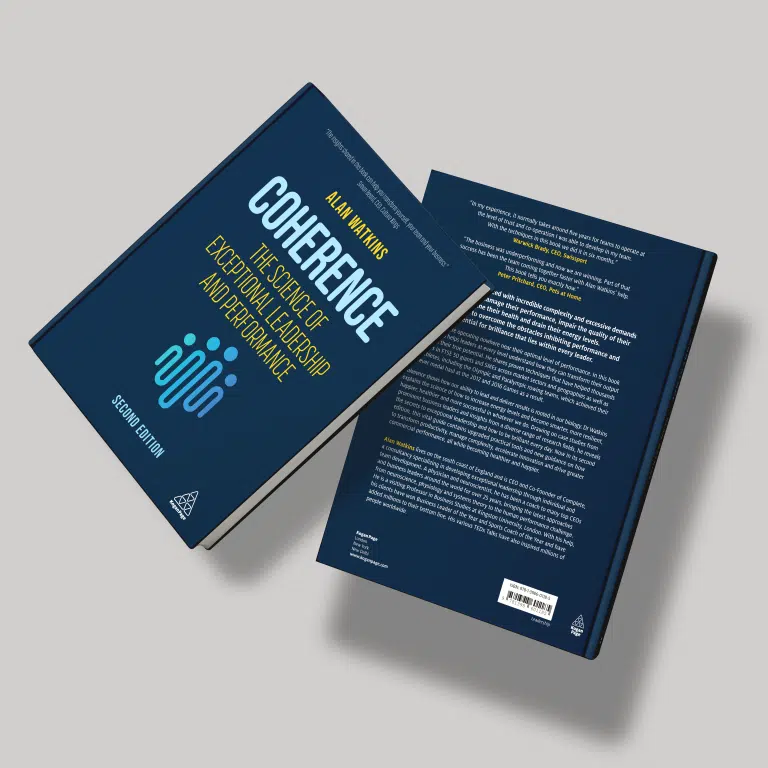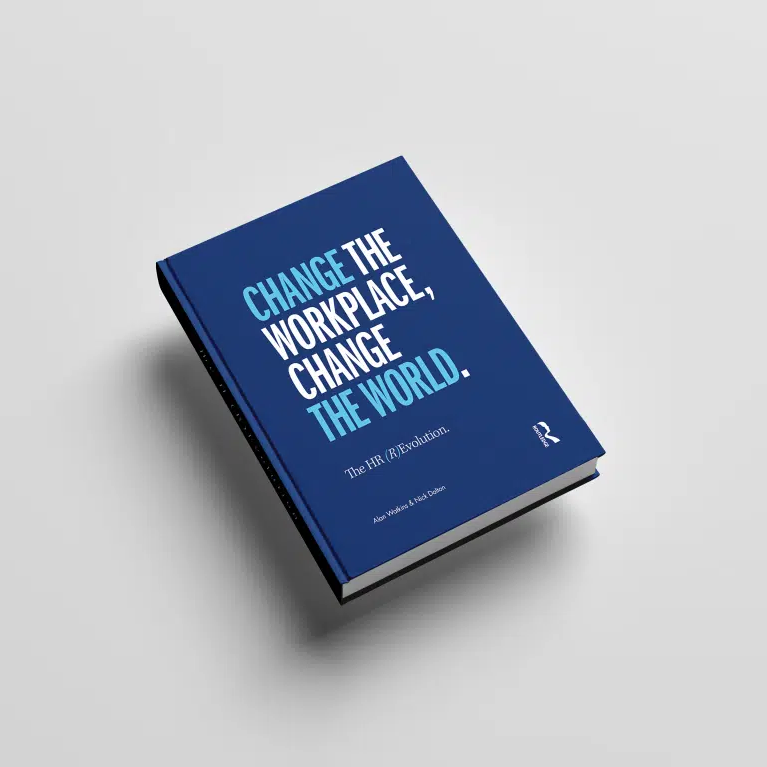In the last five years there has been an explosion in humanity’s interest and desire for greater levels of fairness and justice in society. Such principles matter deeply internationally and nationally. They matter, therefore, in virtually every company, and every government and non-governmental organisation in the world. They also matter deeply to many if not most individuals on the planet. The dramatic rise in most organisations’ interest in diversity, equity and inclusion is ultimately a desire for greater system justice.
Sunday, 17th July was World Day for International Justice 2022. It’s a perfect moment to stop and reflect on why system justice matters, and more importantly what we can do to achieve it.
Justice is a journey
While we’ve certainly made some progress in areas such as civil rights and gender equality in the last 50 years, there remain many aspects of society that would still be considered unjust. Most corporations acknowledge they still have a long way to go on the issue of diversity, let alone system justice. Consider the Black Lives Matter movement, #MeToo and trans rights – all would suggest that we are far from achieving any sort of system justice. Millions of people continue to feel excluded by the way companies are run.
System justice is not just about inclusivity and diversity it’s about equity and access.
These are not philosophical distinctions, they are very practical differentiations that must drive real action, as the apple tree cartoon beautifully explains.

When we have run all the inclusion, diversity, equity, and access programmes all designed to achieve their specific goals then we may start to come close to achieving the ultimate goal, which is system justice. Fixing the bend in the tree delivers justice. And system justice should significantly reduce the need for diversity, inclusion equity and access programmes.
Where do we start?
Many organisations focus on the big three exterior dimensions of diversity; namely gender, race/ethnicity, or sexuality. A few organisations include disability as part of their focus. But very few extend their thinking beyond these three or four observable dimensions to inner diversity. Because, after all, the exterior dimensions of diversity are really a blunt proxy for inner diversity.
Recently several diversity specialists have promoted the idea of neurodiversity. This is itself a proxy for diversity of thinking. Ironically reducing all inner diversity to just neurodiversity is not very diverse. There are many more aspects of inner diversity that should also be included, such as diversity of motivation or values (profit versus principle versus people, for example). We need to consider diversity of beliefs and opinions; diversity of knowledge and experience; diversity of maturity; diversity of morality and many more.
It’s worth considering whether your organisation (the apple tree in the above cartoon) provides the psychological safety to enable the quieter voices to be heard. Are the socially awkward in your organisation considered just as valuable as those who are great at upward management?
If we really want system justice, we must consider both inner diversity and outer diversity in our plans to build fairer companies and fairer societies.
Although we may be far from achieving system justice at a global or international level, we can, and should, make the change we need at a corporate level. If you want to measure inner diversity much more precisely, so you can take bigger steps towards system justice, and straighten up that apple tree, email us as we can help.

